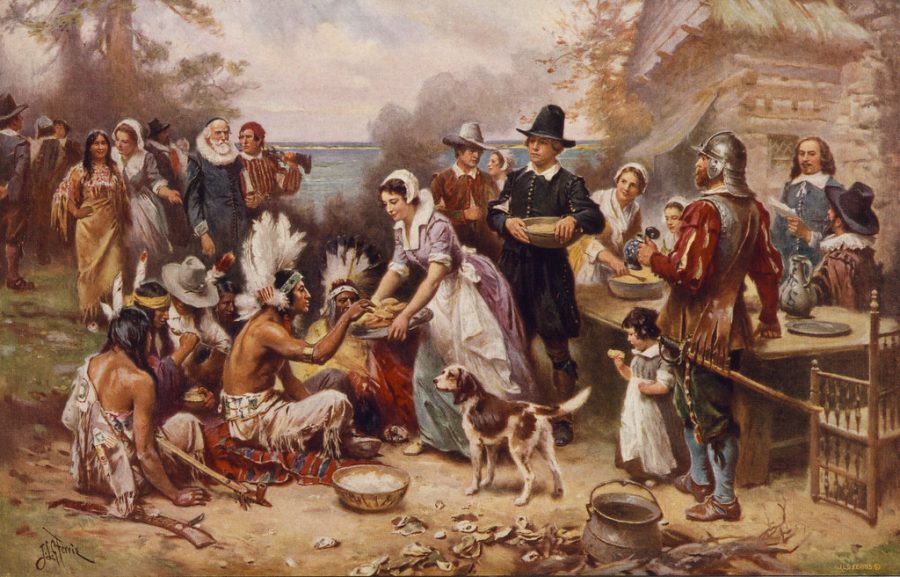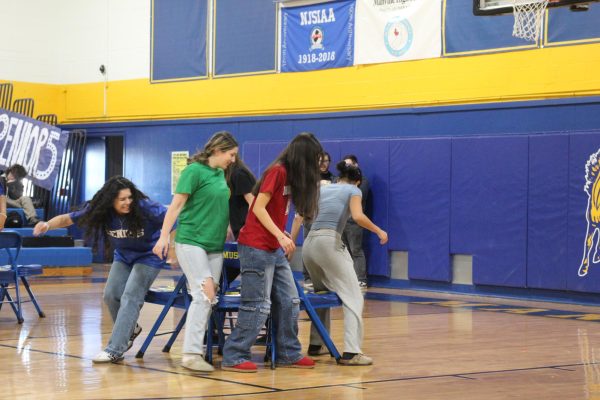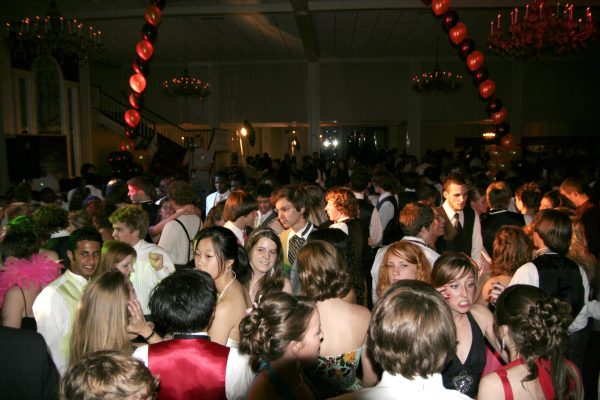History of Thanksgiving
Thanksgiving Day is an annual holiday celebrated in the United States and Canada held on the fourth Thursday of every November. Thanksgiving celebrates the successful harvest and other blessings of the past year. Families come together, dinners and feasts are prepared, and the pigskin is tossed around. Although this holiday is about spending time with family and having fun, here’s how the very first Thanksgiving started.
After a gruesome 66 day crossing across the Atlantic Ocean, the Mayflower, carrying 102 English passengers, arrived at the tip of Cape Cod in 1620. While staying hidden on the ship during the winter, most of the colonists suffered from diseases and outbreaks. In March, the remaining colonists finally settled ashore and were greeted by a member of the Abenaki tribe and another Native American named Squanto, a member of the Patuxet tribe. Squanto taught the pilgrims how to communicate with other native Americans, plant corn, catch fish, avoid poisonous plants, and extract sap from maple trees. He also helped the pilgrims form an alliance with the Wampanoag tribe. In November of 1621, after the pilgrims had successfully harvested corn for the first time, William Bradford arranged a celebratory feast that lasted three days. Instead of turkey and pies, the first Thanksgiving menu consisted of deer, bass, flint, cornbread, and porridge. It wasn’t until 1863, that Abraham Lincoln made it a national holiday. Since then,
we’ve been celebrating Thanksgiving with huge feasts, football, and family.
Hello! My name is Ana Yakobchuk and I’m a sophomore here at Manville High School. I love music, art, sports, and spending time with friends. Catch me...











